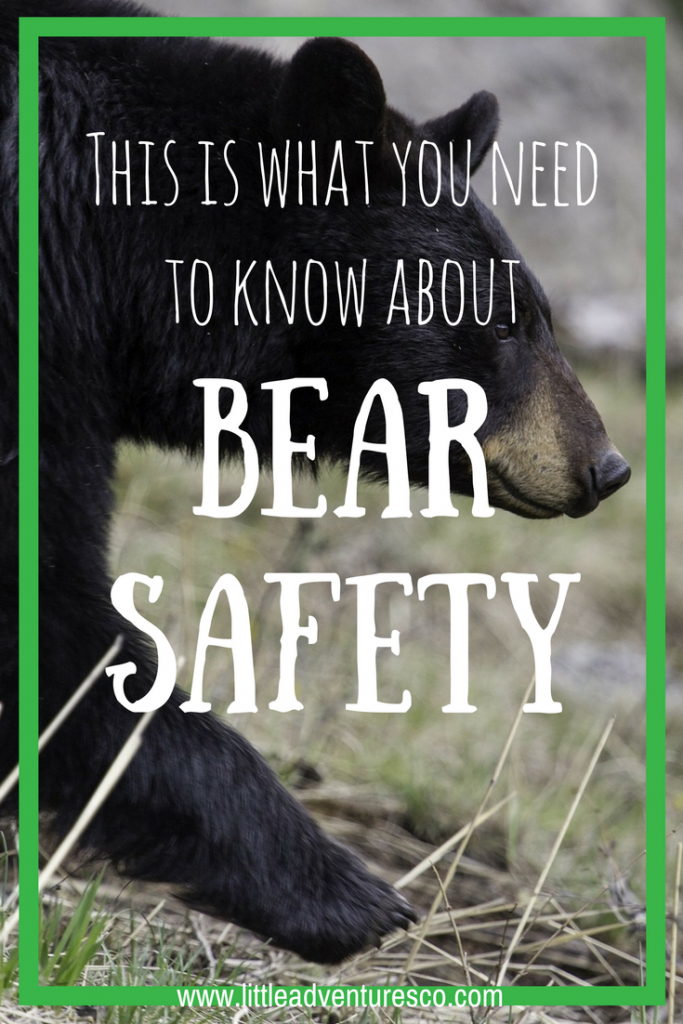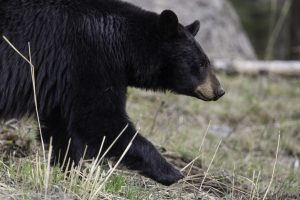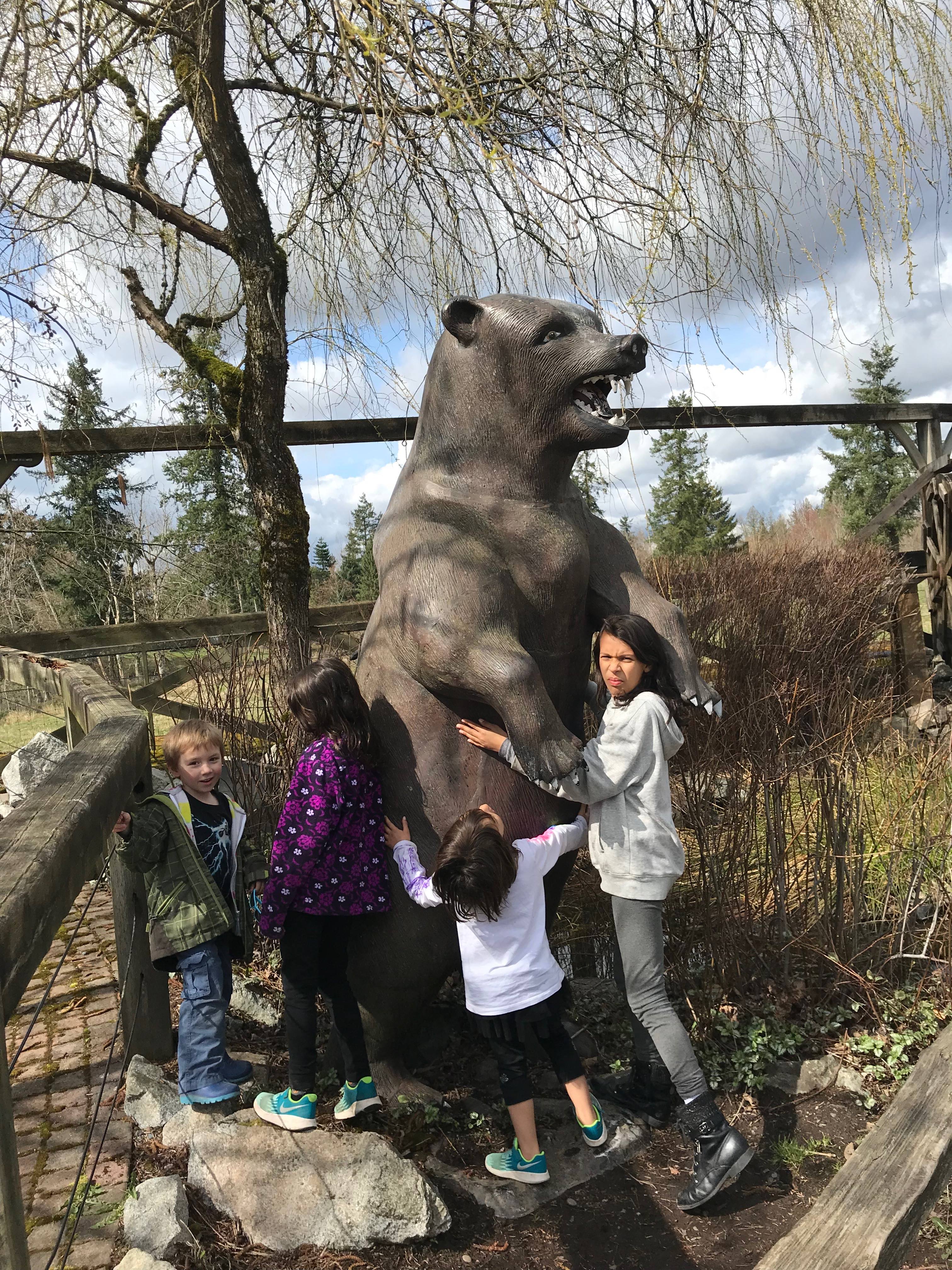Spring has sprung!
The weather’s getting warmer! The days are getting longer! The flowers are coming out…and so are the bears!!
The outdoors are calling your name and you should definitely listen, but there are a few ways that you can ensure that you’re enjoying some beautiful Spring weather while remaining safe and aware of bears and other animals that are starting to wake up.

Here in beautiful British Columbia, we are home to both Grizzly bears and Black bears. Neither is one you would particularly want to encounter, so here’s what you need to do to make sure that you’re doing everything you can to prevent running into one of these incredible creatures:


Be informed
-Check out the park you’re visiting on the web and find out if there are any bear sightings posted.
-Be on the lookout for signs regarding bear sightings once you’ve reached the trailhead.
-Familiarize yourself with what bear poop looks like. Keep an eye open for it when you’re on the trail. Also, be aware of anything that smells unfamiliar or doesn’t quite seem right. Trust your intuition.
-Bears are adorable. However, they are wild animals. DO NOT approach a bear. Bear cubs are adorable. However, their mothers will become incredibly defensive if you go near them-you’ve heard of the term “Mama Bear” in relation to Moms protecting their children?
Do not feed them. Do not try and take a selfie with them. They are not your friends.

Practice outdoor safety
-Traveling in groups is a deterrent to a bear. Stay close to one another and NEVER let your kids straggle. If you have pets, keep them close by. They may instigate a bear.
-Making noise will let any bear in the area know that you’re there. Now’s not the time to encourage your children to be quiet. Let them get it all out before they get home and then encourage some peace there.
-Bears enjoy the first and last parts of the day. Make sure to stick to marked trails during the daylight hours.
Gather the proper gear
-Grab a bear bell from your local outdoor sports store. They run around $5 and you can easily attach them to your backpack or jacket. Having a bear bell will create noise that will let a bear know that you’re in the area so you don’t surprise one another.
-Purchase bear spray. Learn how to use it and have it easily accessible when you’re outdoors.
Understand what to do in the worst case scenario
-If you encounter a bear DO NOT PANIC. Remain as calm as possible and slowly back away.
-NEVER run from a bear. Speak to the bear in a calm manner, but do not stare or challenge the bear. Make sure that it has enough space to get itself out of the situation and back to it’s food source and/or cubs.
-If a bear charges at you use your bear spray. If you don’t have bear spray use whatever form of defense you have available to you.
-If a bear attacks you roll onto your stomach. Cover your neck and pretend to play dead. Eventually the bear will lose interest in you and leave. Then you can safely leave.
Making your presence known to a bear before you actually see one is your best safeguard to avoiding any sort of conflict with one of these beautiful animals. They don’t want to see you any more than you want to see them!
Most importantly, be respectful of the bears. Do not leave garbage laying around. When bears get a taste of human food they constantly crave more, which leads them to communities to find it. Nobody wants that-we have to work together to avoid it!

